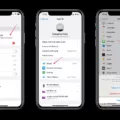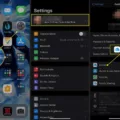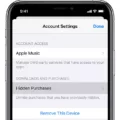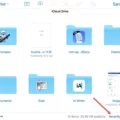In today’s digital age, managing storage space is crucial, especially when it comes to cloud storage. iCloud, Apple’s cloud storage service, offers a convenient way to store and access your files across multiple devices. However, it’s important to manage your iCloud storage effectively to ensure you have enough space for your needs. Let’s explore some tips and tricks for managing your iCloud storage.
1. Open Settings: To access your iCloud settings, open the Settings app on your Apple device.
2. Sign in with your Apple ID: Tap on your name at the top of the Settings menu and sign in with your Apple ID. This will give you access to your iCloud settings.
3. Select “iCloud”: Scroll down and select the “iCloud” option in the Settings menu.
4. Check your storage: Under the iCloud section, you’ll see how much storage space you have available. Tap on “Storage” to get a detailed breakdown of how your storage is being used.
5. Manage storage: To better manage your iCloud storage, select “Manage Storage” from the storage menu. This will show you a list of all the apps and services that are using your iCloud storage.
6. Delete unnecessary files: Review the list of apps and services using your iCloud storage and identify any files or data that you no longer need. Delete these files to free up storage space.
7. Permanently remove deleted files: Sometimes, even after deleting files, they may still take up space in your iCloud storage. To permanently remove these deleted files, you can visit iCloud.com on a web browser.
8. Permanently remove deleted files on iCloud.com: Log in to iCloud.com and click on the “Data Recovery” option. From there, you can select the files you want to permanently remove and click on “Delete.”
9. Browse iCloud Drive: Accessing your iCloud Drive can help you manage your files more efficiently. To do this, tap on “Browse” at the bottom of the screen in the Files app.
10. Open iCloud Drive: Below the “Locations” section, you’ll find the option to open iCloud Drive. Tap on it to view and organize your files and folders.
11. Organize files and folders: To manage your iCloud storage effectively, you can create folders, move files, and delete unnecessary items within iCloud Drive. This will help you keep your files organized and make it easier to find what you need.
By following these steps, you can effectively manage your iCloud storage and ensure that you have enough space for your important files and data. Regularly reviewing and deleting unnecessary files, as well as organizing your iCloud Drive, will help you optimize your storage usage. With proper management, iCloud can be a valuable tool for storing and accessing your files across all your Apple devices.
How Do You Manage What is Stored in iCloud?
To manage what is stored in iCloud, follow these steps:
1. Open the Settings app on your device.
2. Tap on your name at the top of the Settings menu to sign in with your Apple ID.
3. Scroll down and select “iCloud” from the list of options.
4. In the iCloud settings, you’ll see a bar at the top that shows how much storage you have used and how much is available. Below that, you’ll find a list of apps and services that are using iCloud storage.
5. To see more details about your storage usage, select “Storage” from the top of the iCloud settings menu.
6. In the Storage menu, you’ll see a breakdown of the different categories of data that are using iCloud storage, such as backups, photos, and documents. This will give you an idea of what is taking up the most space.
7. To manage what is stored in iCloud, select “Manage Storage” from the Storage menu.
8. In the Manage Storage menu, you’ll see a list of all the apps and services that are using iCloud storage. Tap on any of them to see more details about the data they are storing.
9. From here, you can choose to delete specific files or data from individual apps to free up space. For example, you can delete old backups, remove photos from your iCloud Photo Library, or delete files from iCloud Drive.
10. If you want to completely disable iCloud storage for a particular app, you can toggle the switch next to the app’s name to turn off iCloud storage for that app.
11. You can also upgrade your iCloud storage plan if you need more space. To do this, select “Change Storage Plan” at the top of the Manage Storage menu and follow the prompts to choose a new plan.
By following these steps, you can effectively manage what is stored in iCloud and optimize your storage space according to your needs.
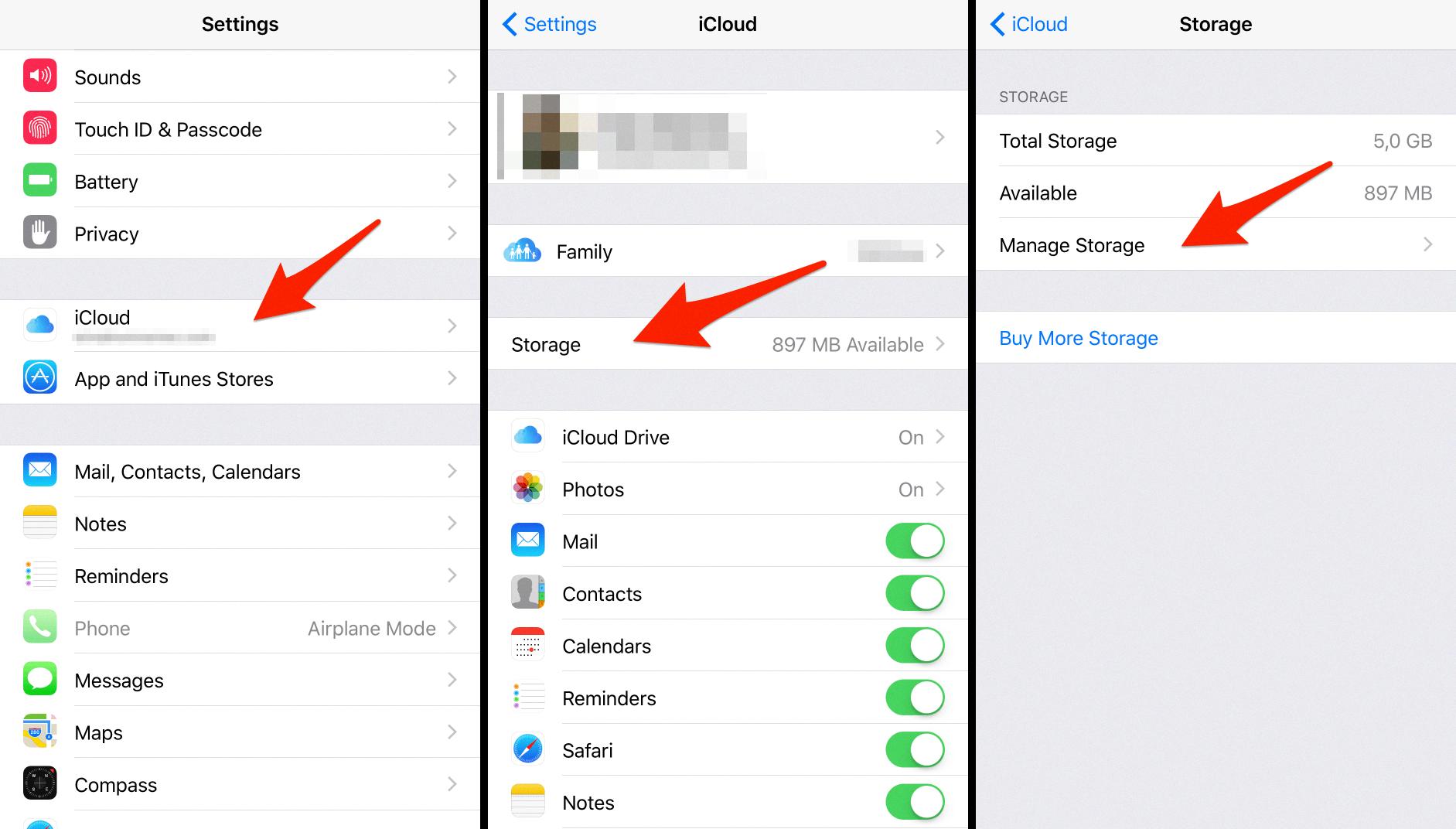
How Do You Access And Manage iCloud?
To access and manage iCloud on your iPhone, you can follow these steps:
1. Tap on the “Files” app on your home screen. If you can’t find it, swipe down on your home screen and type “Files” in the search bar to locate it.
2. Once you’re in the Files app, tap on the “Browse” option at the bottom of the screen. This will take you to the Locations page.
3. On the Locations page, you should see “iCloud Drive” listed. Tap on it to access your iCloud files and folders. If you don’t see iCloud Drive, tap on “Browse” again or tap on “Locations” to find it.
4. Within iCloud Drive, you can navigate through the folders by tapping on them. If you want to view or modify files or folders, simply tap on them.
5. To manage your files and folders, you can perform various actions. Here are some examples:
– To move a file or folder, tap and hold on it, then drag it to the desired location.
– To delete a file or folder, swipe left on it and tap on the “Delete” button.
– To create a new folder, tap on the “New Folder” button (usually represented by a “+” icon) and give it a name.
– To upload files to iCloud Drive, tap on the “Upload” button (usually represented by an arrow pointing upwards) and select the files you want to upload from your device.
– To download files from iCloud Drive to your device, tap on the file, and it will automatically download and open in the appropriate app.
Remember, iCloud allows you to store and access files across all your Apple devices seamlessly. By following these steps, you can easily access and manage your iCloud files on your iPhone.
Conclusion
Managing your iCloud storage is essential to ensure that you have enough space for your important files and documents. By following the steps outlined above, you can easily navigate through your iCloud settings and efficiently manage your storage.
First, open the Settings app on your Apple device and sign in with your Apple ID. From there, select “iCloud” and then “Storage” to see how much storage space you are currently using. This will give you an idea of how much space you have available and how much you need to free up.
To permanently remove deleted files, you can do so on iCloud.com. Simply click on the “…” in the toolbar and select “Data Recovery”. Then, click on “Restore Files” and choose the files you want to permanently remove. You also have the option to select all files at once. Once selected, click on “Delete” to remove them permanently.
If you want to browse through your iCloud Drive and access specific folders, you can do so by tapping on “Browse” at the bottom of the screen. If you don’t see the option, tap on “Browse” again. From there, you can navigate through different folders and view and modify files as needed.
Managing your iCloud storage is crucial to ensure that you have enough space for your important files and documents. By regularly checking your storage usage, permanently removing deleted files, and efficiently organizing your iCloud Drive, you can effectively manage your iCloud storage and keep it optimized for your needs.

